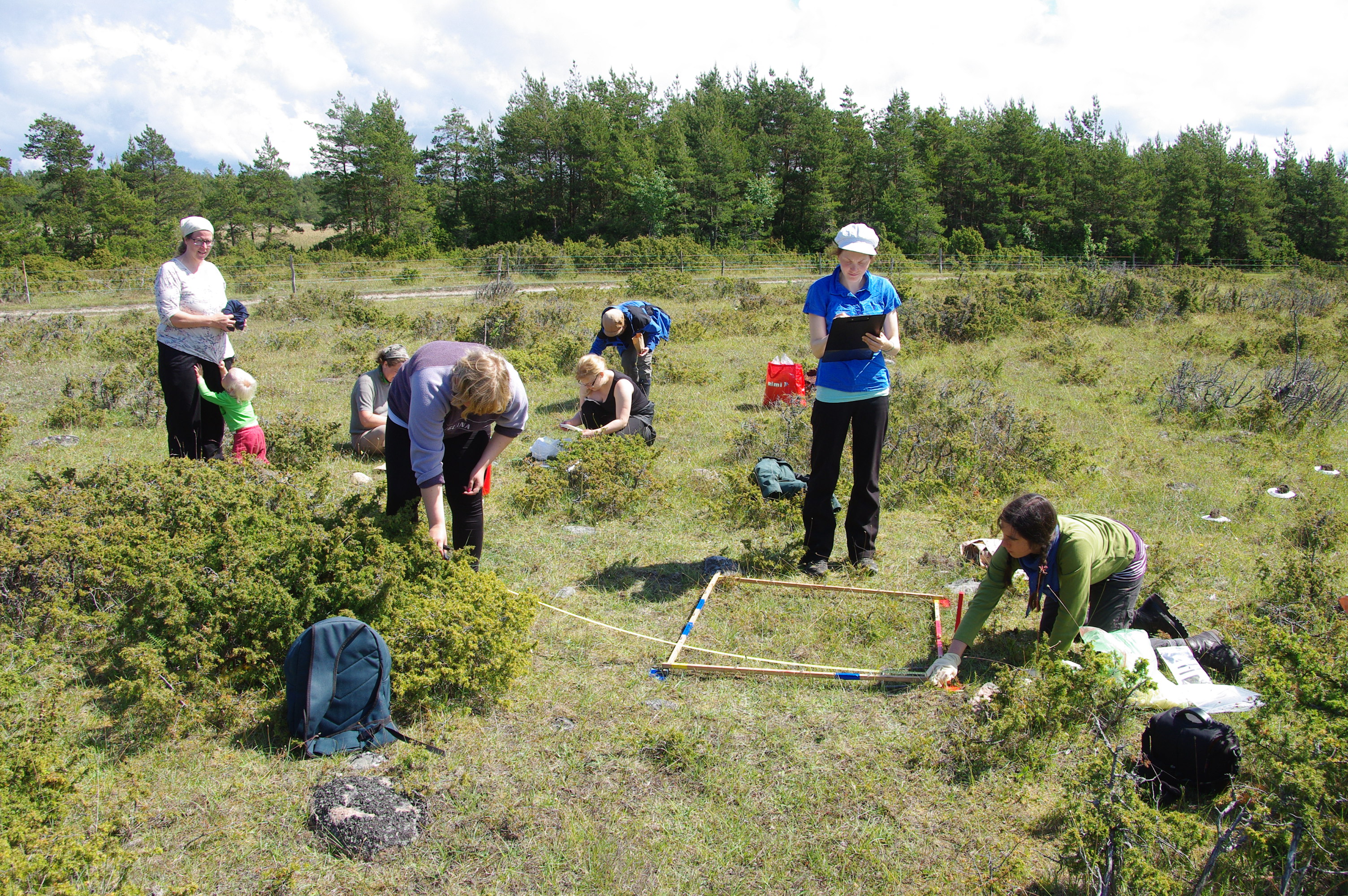
Knowledge of the ecology of species and communities is becoming increasingly important in this age of significant global change. If you want to contribute to biodiversity conservation and the organization of its protection, consider doing a bachelor's and master's thesis in the University of Tartu Landscape Biodiversity Workgroup.
We are looking for active students interested in ecology who would be inspired by summer fieldwork in eye-catching meadow communities and molecular analyses that shed light on the genetic component of biodiversity in the laboratory. As you see, the workgroup combines the so-called green and white biology in the best possible way.
Below is a list of the Bachelor's and Master's thesis topics of the Landscape Biodiversity Group. Please be aware that a bachelor's thesis can grow out of a master's thesis and a master's thesis literature review can be a bachelor's thesis. However, if you are attracted to a topic related to the working group that is not on the list or see that the proposed topic would suit you from a slightly different angle, please contact us - we will find a solution together!
BACHELOR'S THESES
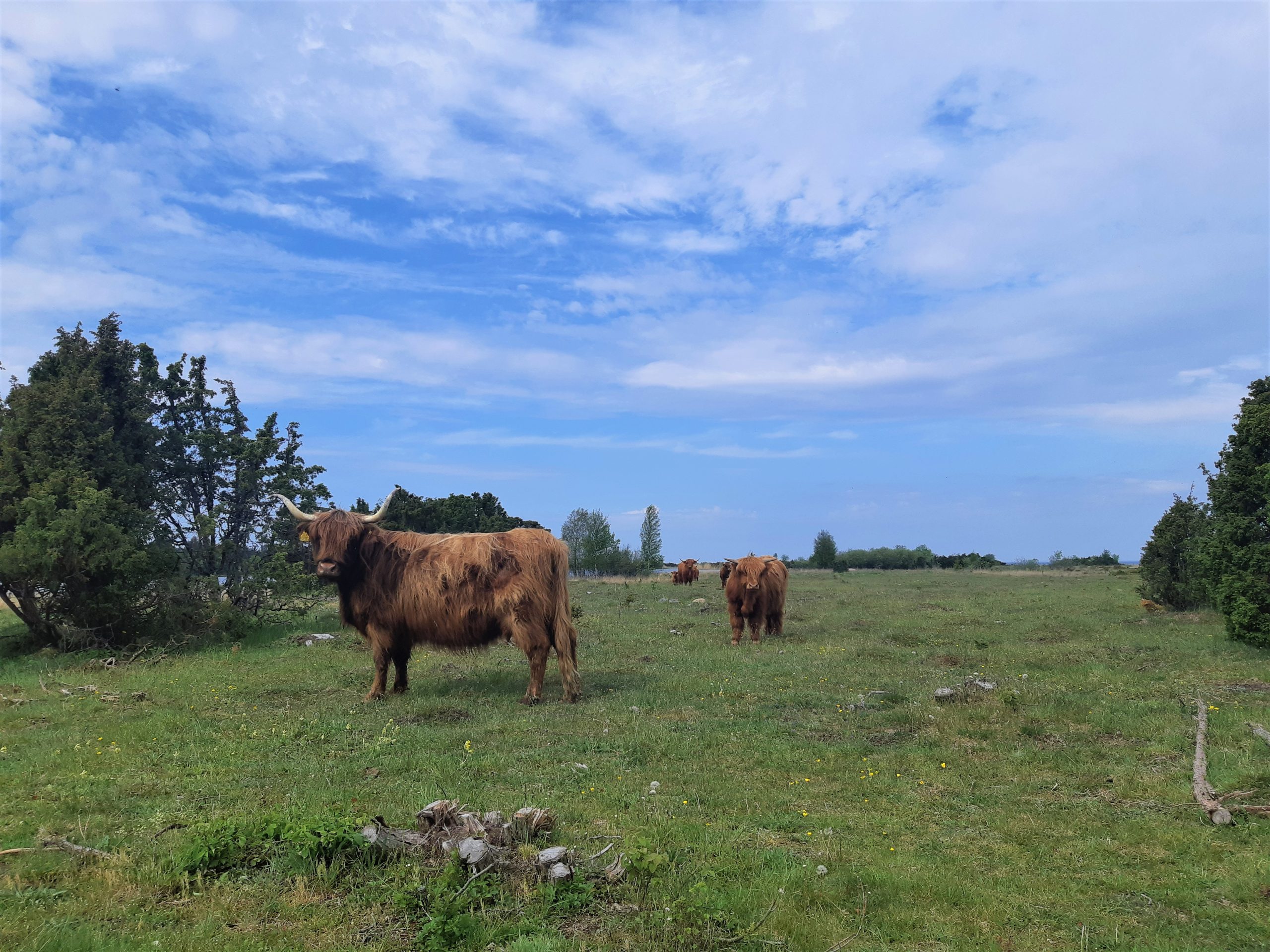
Ecosystem services are services provided by nature that benefit humanity. One important pillar of their supply is genetic diversity, which ensures the survival of the species in the long term. Based on the literature, the bachelor's thesis examines whether and how genetic diversity supports the provision of ecosystem services and whether the abundance of ecosystem services could in turn support the genetic diversity of different species.
Supervisors of the thesis are Elisabeth Prangel and Iris Reinula.
The effect of different management regimes on the biodiversity of ditches in agricultural landscapes
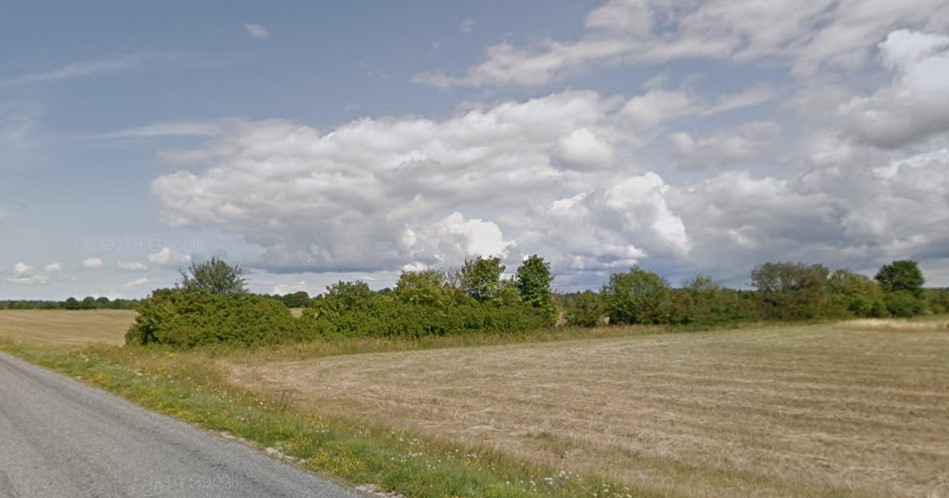 Ditches have an important role in harboring biodiversity in agricultural landscapes. In Estonia, ditches have the largest area among all landscape elements in agricultural areas and are thus essential habitats for numerous plant and animal species both in water and on land. Therefore, we need to know, which management options can benefit different organism groups, including the rare species in the ditches. The topic of the bachelor’s thesis is related to the LIFE IP project “ForEst&FarmLand”.
Ditches have an important role in harboring biodiversity in agricultural landscapes. In Estonia, ditches have the largest area among all landscape elements in agricultural areas and are thus essential habitats for numerous plant and animal species both in water and on land. Therefore, we need to know, which management options can benefit different organism groups, including the rare species in the ditches. The topic of the bachelor’s thesis is related to the LIFE IP project “ForEst&FarmLand”.
Supervisors of the thesis are Krista Takkis and Kristiina Jürisoo.
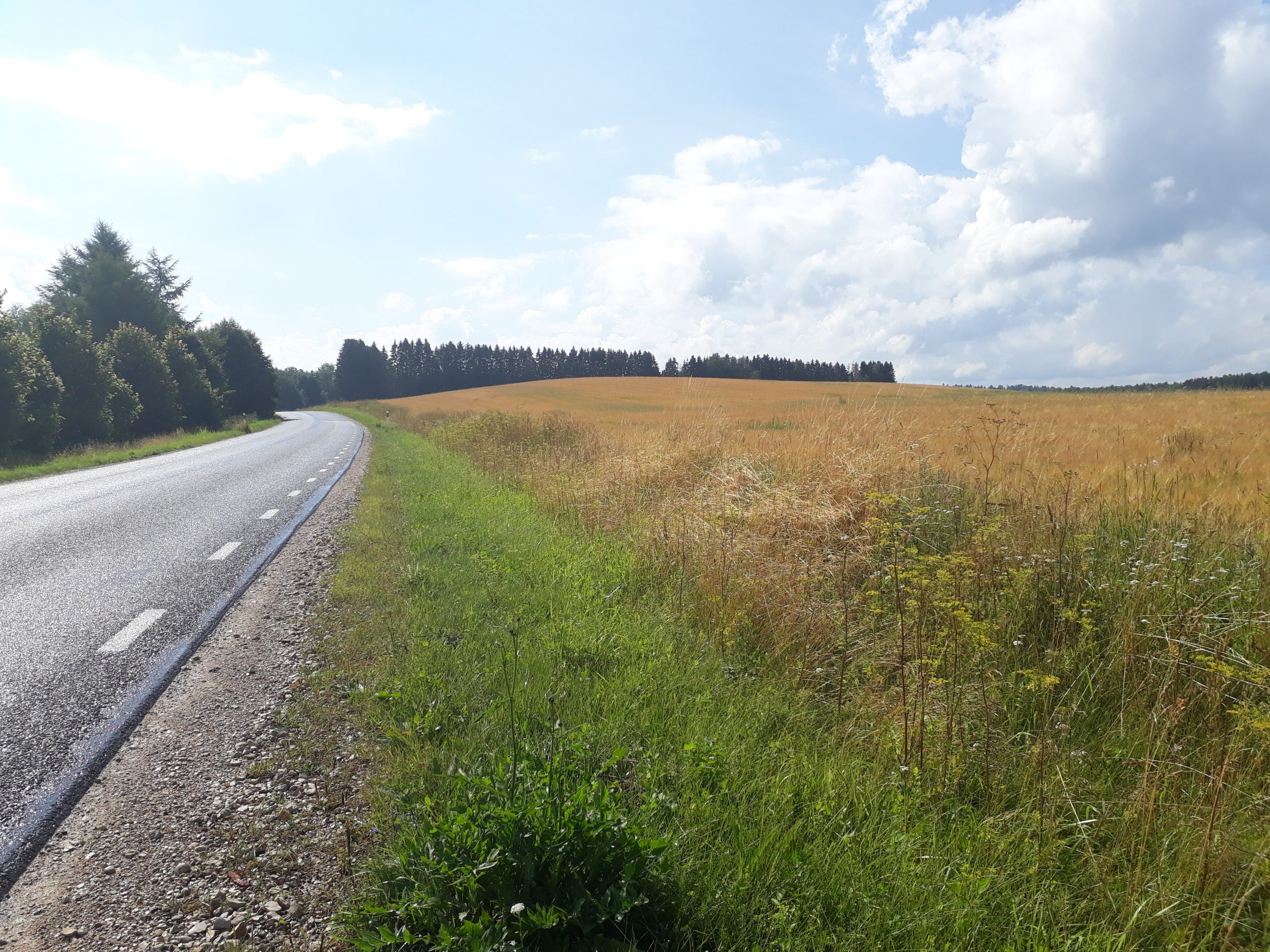 Biodiverse agricultural landscapes support sustainable agriculture through pollination and natural pest management services. To benefit functioning ecosystem services, we need to ensure beneficial organisms in field margins, that can be supported by less intensive field margin management. In the bachelor’s thesis, we investigate, which methods can be used for less intensive field margin management, how well they support beneficial organisms and if there are any negative sides to the methods. The topic of the thesis is related to the LIFE IP project “ForEst&FarmLand”.
Biodiverse agricultural landscapes support sustainable agriculture through pollination and natural pest management services. To benefit functioning ecosystem services, we need to ensure beneficial organisms in field margins, that can be supported by less intensive field margin management. In the bachelor’s thesis, we investigate, which methods can be used for less intensive field margin management, how well they support beneficial organisms and if there are any negative sides to the methods. The topic of the thesis is related to the LIFE IP project “ForEst&FarmLand”.
Supervisors of the thesis are Krista Takkis and Kristiina Jürisoo.
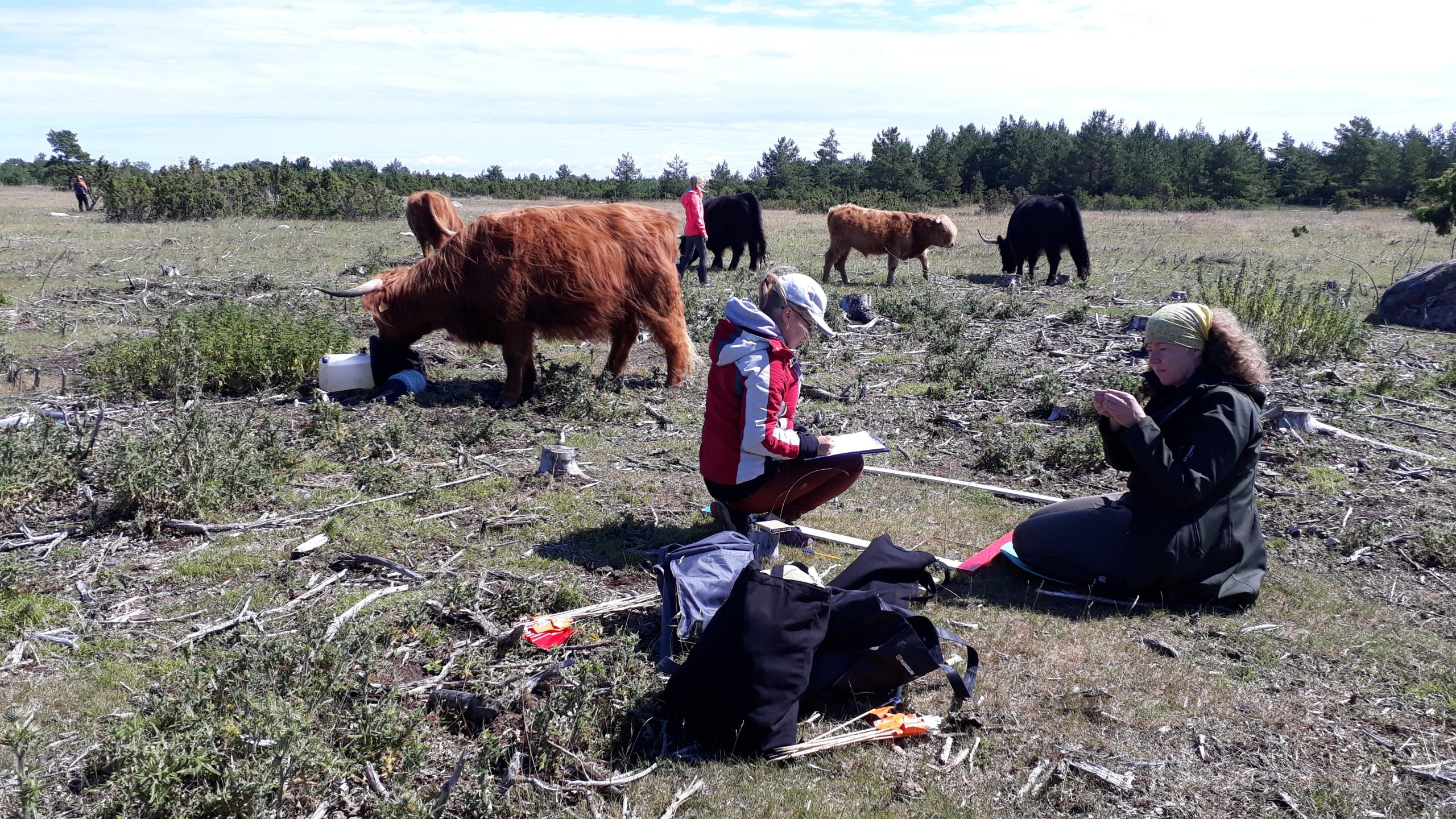 Wide-scale restoration of degraded ecosystems is essential for stopping biodiversity loss and climate change. However, it is still unclear, which criteria would be the best to estimate the effectiveness of nature restoration and how to quantify it. In the bachelor’s thesis, we investigate how to define nature restoration, which indicators have been used to estimate the effectiveness of restoration and how it has been quantified. We estimate, which indicators and methods would be best to use across ecosystems, in order to be able to compare restoration effectiveness in different systems.
Wide-scale restoration of degraded ecosystems is essential for stopping biodiversity loss and climate change. However, it is still unclear, which criteria would be the best to estimate the effectiveness of nature restoration and how to quantify it. In the bachelor’s thesis, we investigate how to define nature restoration, which indicators have been used to estimate the effectiveness of restoration and how it has been quantified. We estimate, which indicators and methods would be best to use across ecosystems, in order to be able to compare restoration effectiveness in different systems.
The supervisor of the thesis is Krista Takkis.
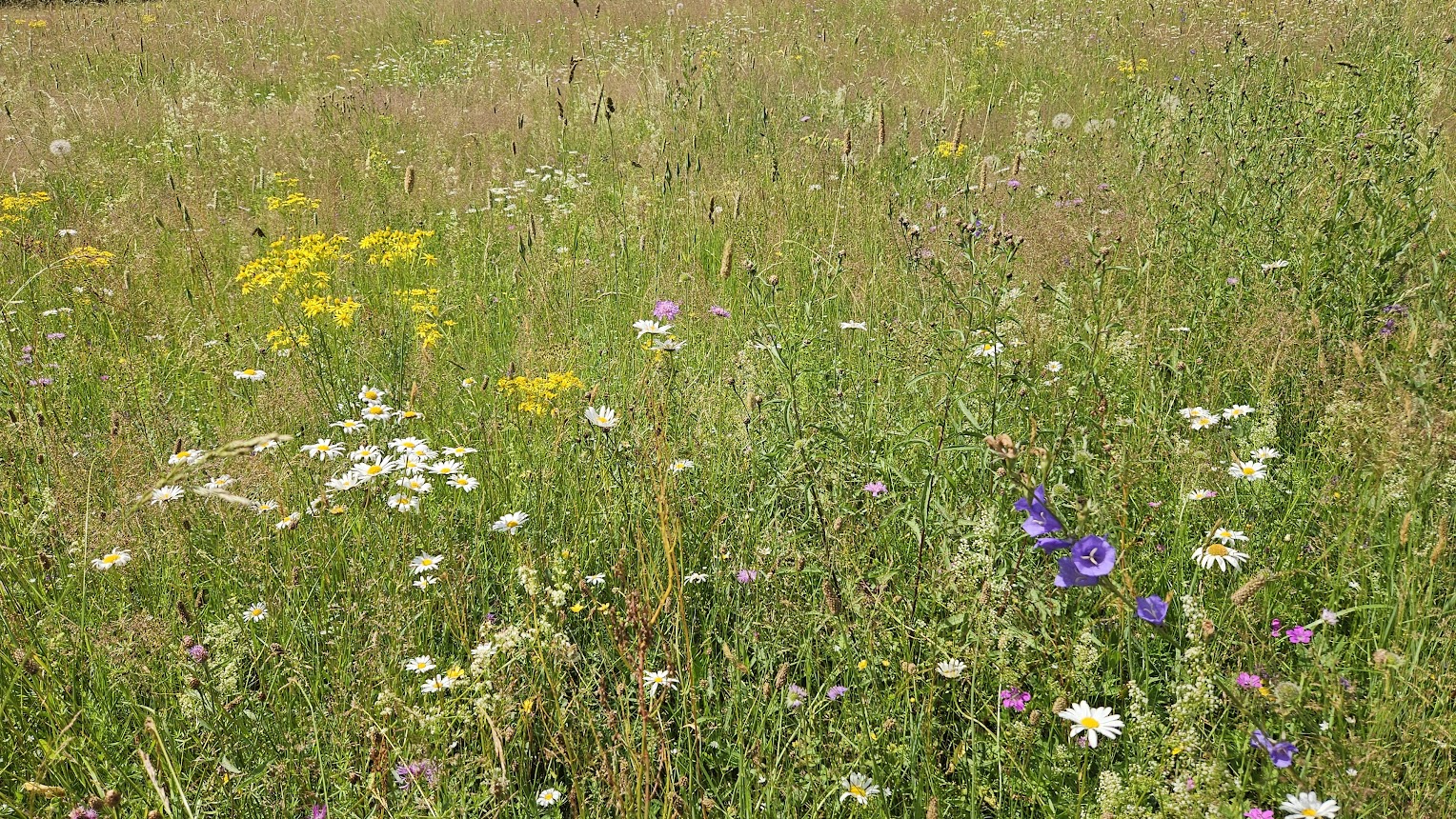
Semi-natural habitats, where human influence is limited to grazing or mowing, have historically been widespread in Estonia. These moderately managed habitats serve as crucial habitats for many Estonian species. However, over the past century, the area of semi-natural habitats in Estonia has drastically declined, particularly in agricultural regions with fertile soils.
In intensive agricultural landscapes, patches of semi-natural habitats provide essential refuge for pollinators and natural enemies of crop pests, making them valuable landscape elements also for the farmers. One way to reintroduce semi-natural habitats into agricultural landscapes is by utilizing low-fertility or abandoned farmland.
The establishment of species-rich grassland communities on former agricultural land is challenging due to factors such as excessive soil nutrient levels and the absence of a viable seed bank. The aim of this bachelor's thesis is to provide a literature-based review of various practices and methods for converting species-poor agricultural grasslands or abandoned fields into species-rich grasslands with high ecological value. This research can be further developed into a master's thesis. The topic is related to the ongoing research projects Grasslife2 and LIFE IP "Loodusrikas Eesti" within the research group.
Supervisor: Triin Reitalu
MASTER'S THESES
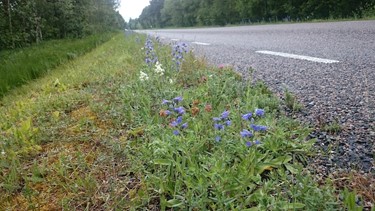 In a situation where the meadow communities found in Estonian traditional landscapes have drastically decreased, the road edges offer important habitats for Estonian meadow species. Road edges can also be ecological corridors between fragmented meadow habitats. In the work group, we have previously prepared an overview for the Estonian Road Administration of more environmentally friendly maintenance of road edges, but the condition and role of Estonian road edges in maintaining biodiversity needs more specific attention. The aim of the master's thesis is to map the road edges that support species richness in Estonia, to find out which factors influence the occurrence of high nature value road edges and to identify the role of road edges in ensuring the coherence of meadow communities. The work will also identify areas where nature-friendly roadside maintenance contributes to the creation of habitat corridors and to ensuring the connectivity of landscapes. The work will be carried out as part of the RESTFUNC project and will use both existing map data and fieldwork data collected by the Master's student in the summer of 2022.
In a situation where the meadow communities found in Estonian traditional landscapes have drastically decreased, the road edges offer important habitats for Estonian meadow species. Road edges can also be ecological corridors between fragmented meadow habitats. In the work group, we have previously prepared an overview for the Estonian Road Administration of more environmentally friendly maintenance of road edges, but the condition and role of Estonian road edges in maintaining biodiversity needs more specific attention. The aim of the master's thesis is to map the road edges that support species richness in Estonia, to find out which factors influence the occurrence of high nature value road edges and to identify the role of road edges in ensuring the coherence of meadow communities. The work will also identify areas where nature-friendly roadside maintenance contributes to the creation of habitat corridors and to ensuring the connectivity of landscapes. The work will be carried out as part of the RESTFUNC project and will use both existing map data and fieldwork data collected by the Master's student in the summer of 2022.
The supervisors of the thesis are Aveliina Helm and Triin Reitalu.
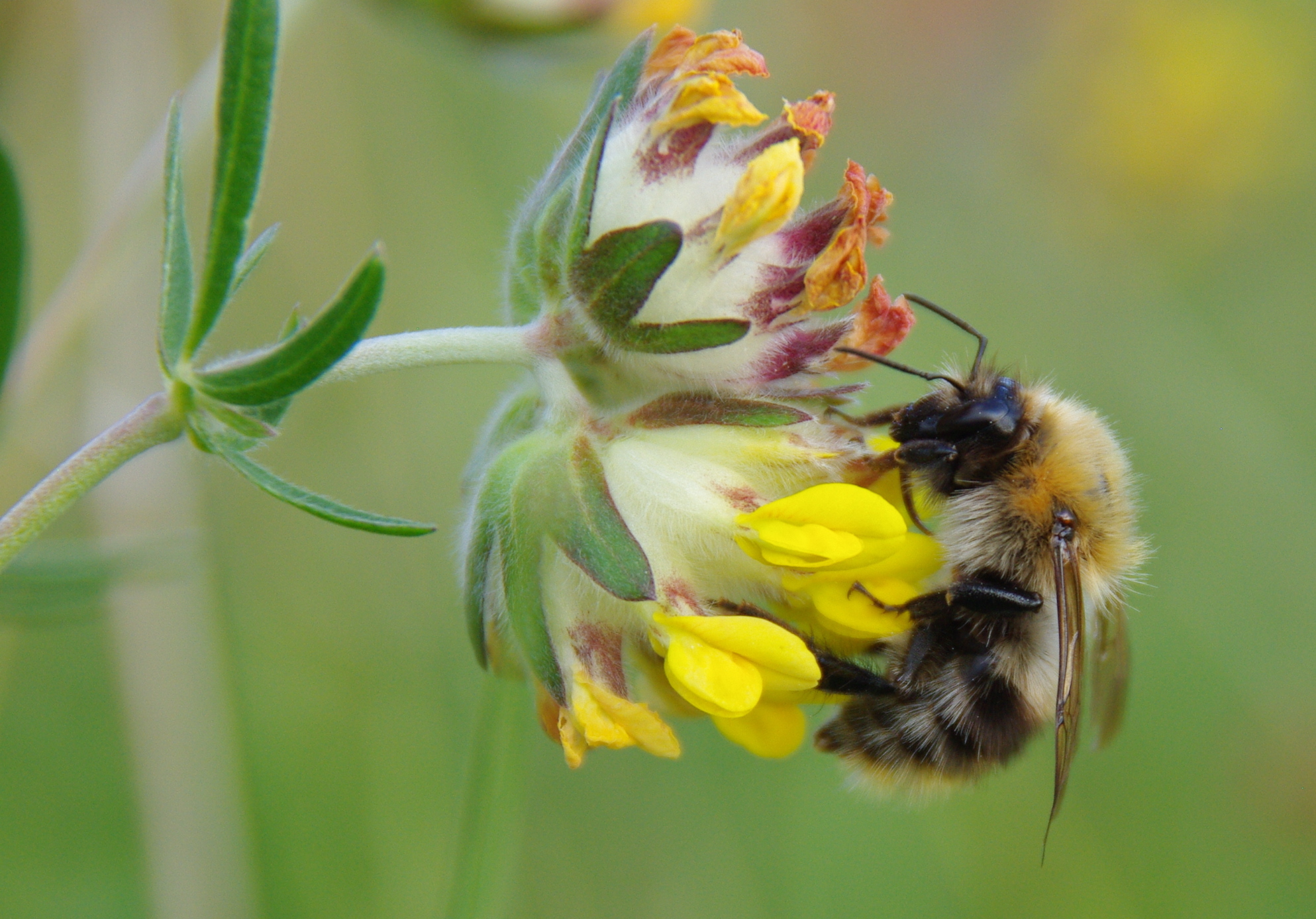 Recovery of populations and species interactions after the restoration of communities occurs always with a time lag. In a Master’s thesis we test, how the recovery of populations and species interactions depends on landscape history and structure, and the characteristics of species and their interactions. This important work creates new scientific knowledge, looking at systems and processes that have been studied very little in the past. In our work we use data collected from plants, bees and butterflies in the restored alvar grasslands. The work is carried out as part of the RESTFUNC project.
Recovery of populations and species interactions after the restoration of communities occurs always with a time lag. In a Master’s thesis we test, how the recovery of populations and species interactions depends on landscape history and structure, and the characteristics of species and their interactions. This important work creates new scientific knowledge, looking at systems and processes that have been studied very little in the past. In our work we use data collected from plants, bees and butterflies in the restored alvar grasslands. The work is carried out as part of the RESTFUNC project.
The supervisors of thesis are Krista Takkis and Jelle Devalez.
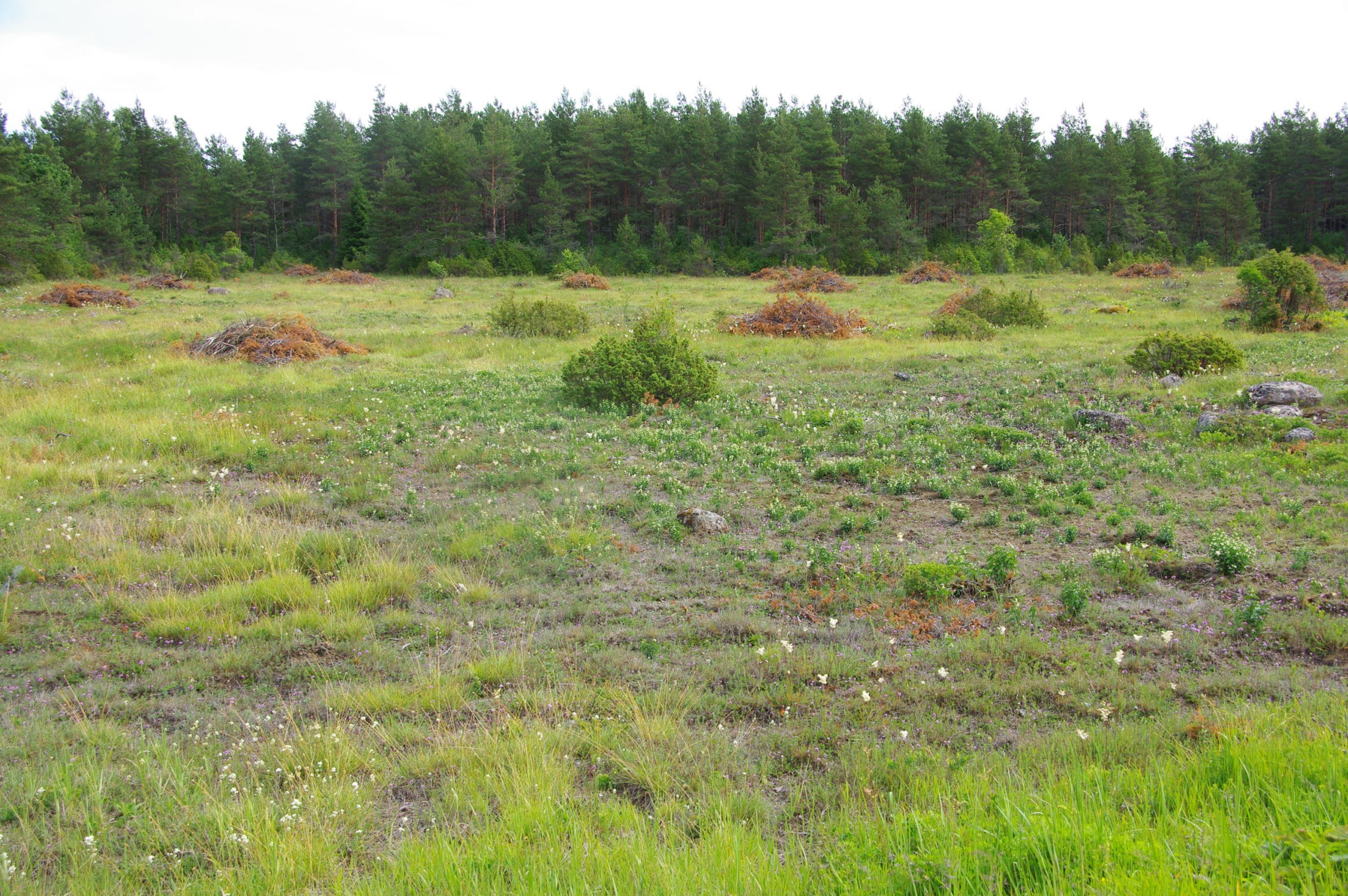 The United Nations Decade of Ecosystem Restoration is under way, and there is a strong global focus on restoring functioning ecosystems that ensure the sustainability and preservation of essential nature's benefits, or ecosystem services. However, the recovery of ecosystem services can take some time, causing a significant time lag between restoration activities and the full functioning of ecosystems. The master's thesis answers the question of how quickly the bnature's benefits recover and to what extent the recovery of various ecosystem services depends on the landscape composition, the techniques chosen for restoration and the degree of ecosystem degradation. As a model system, we use Estonian alvar grasslands, where the large-scale restoration activities are just coming to an end. Much of the data already exists, but there is also scope for fieldwork and data collection.
The United Nations Decade of Ecosystem Restoration is under way, and there is a strong global focus on restoring functioning ecosystems that ensure the sustainability and preservation of essential nature's benefits, or ecosystem services. However, the recovery of ecosystem services can take some time, causing a significant time lag between restoration activities and the full functioning of ecosystems. The master's thesis answers the question of how quickly the bnature's benefits recover and to what extent the recovery of various ecosystem services depends on the landscape composition, the techniques chosen for restoration and the degree of ecosystem degradation. As a model system, we use Estonian alvar grasslands, where the large-scale restoration activities are just coming to an end. Much of the data already exists, but there is also scope for fieldwork and data collection.
The supervisors of the thesis are Aveliina Helm and Elisabeth Prangel.
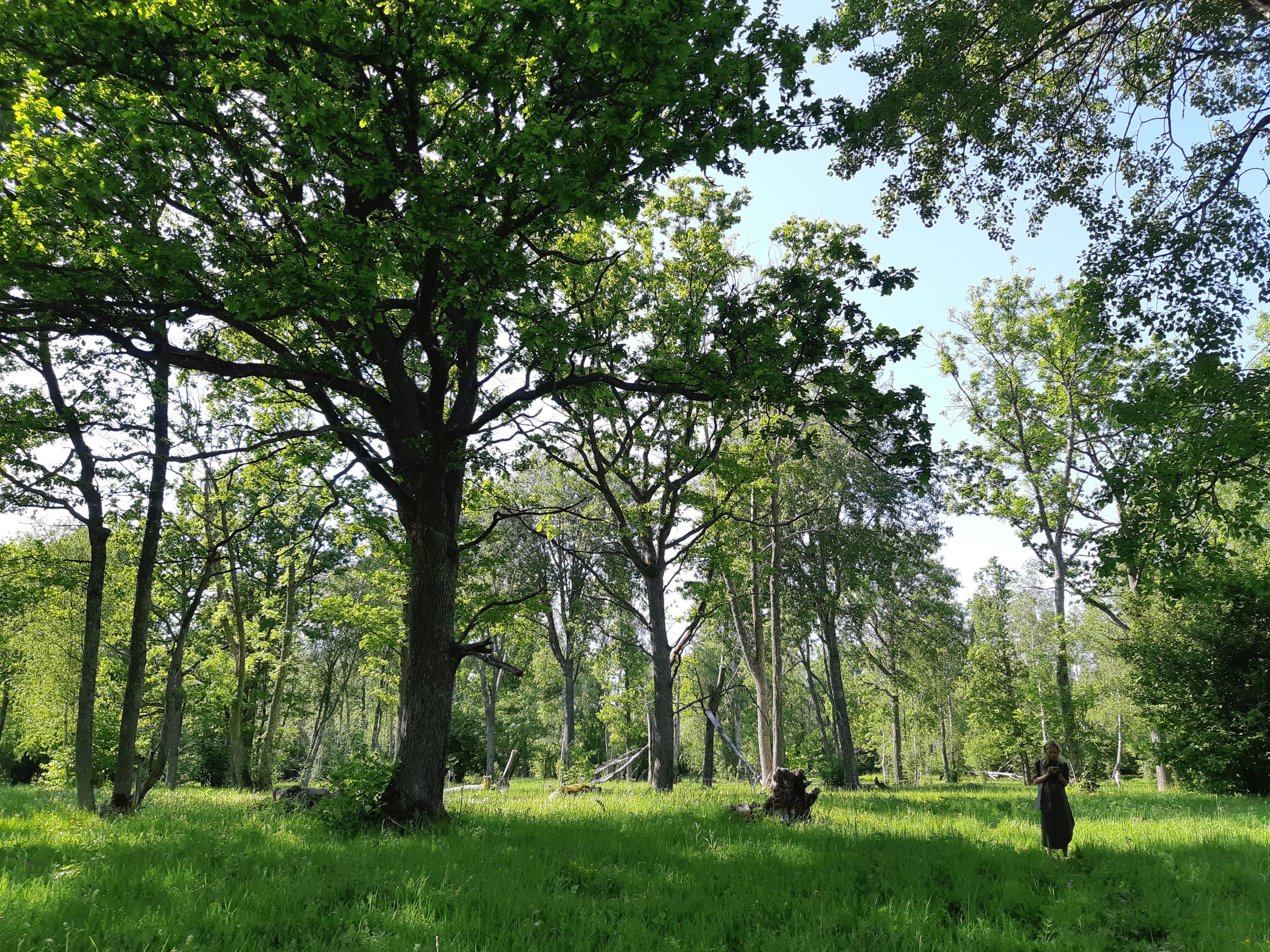 A large-scale nature protection project has began 2021, during which 500 hectares of wooded meadows will be restored in Estonia and 200 hectares in Latvia. Wooded meadows are extremely species-rich and rare ecosystems, but their area has decreased more than 1000 times in the last 100 years. Prior to restoration work, we carry out monitoring on non-restored wooded meadows to determine the impact of restoration on different species groups and other important characteristics of wooded meadows. During the fieldwork in the summer of 2023, we will collect data on plants, insects, soil fungi as well as old trees and traditional ways of working. The aim of the master's thesis is to describe the biodiversity of so far little-known groups in wooded meadows and to give recommendations for restoration work. The work will be carried out as part of the WoodMeadowLIFE project.
A large-scale nature protection project has began 2021, during which 500 hectares of wooded meadows will be restored in Estonia and 200 hectares in Latvia. Wooded meadows are extremely species-rich and rare ecosystems, but their area has decreased more than 1000 times in the last 100 years. Prior to restoration work, we carry out monitoring on non-restored wooded meadows to determine the impact of restoration on different species groups and other important characteristics of wooded meadows. During the fieldwork in the summer of 2023, we will collect data on plants, insects, soil fungi as well as old trees and traditional ways of working. The aim of the master's thesis is to describe the biodiversity of so far little-known groups in wooded meadows and to give recommendations for restoration work. The work will be carried out as part of the WoodMeadowLIFE project.
The supervisors of thesis are Triin Reitalu and Aveliina Helm.